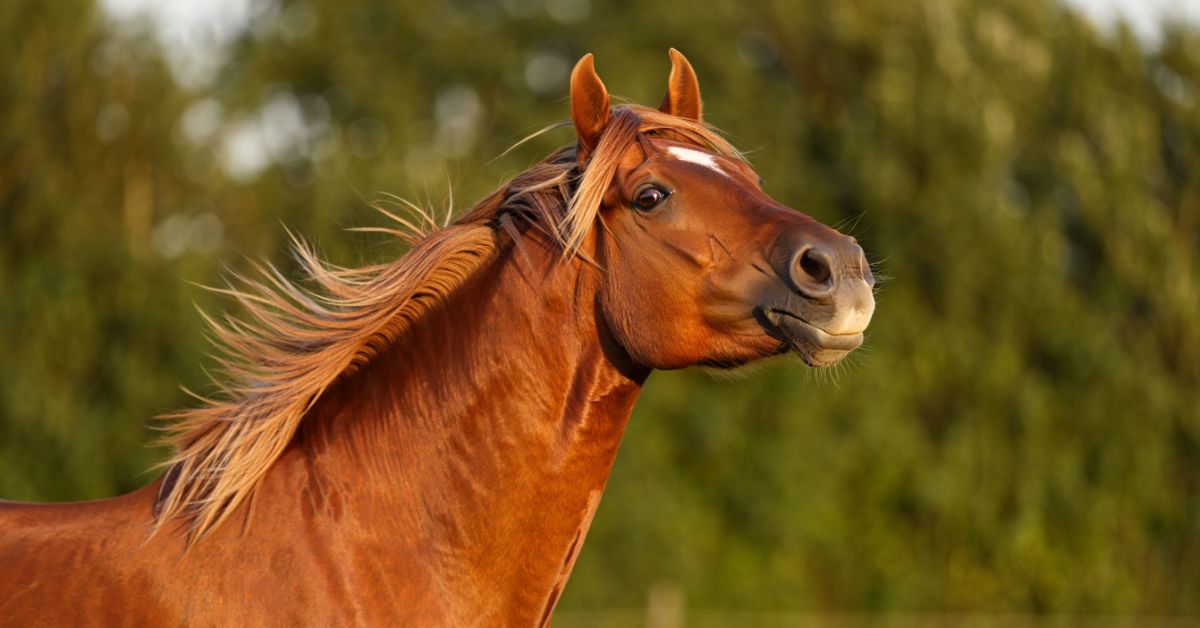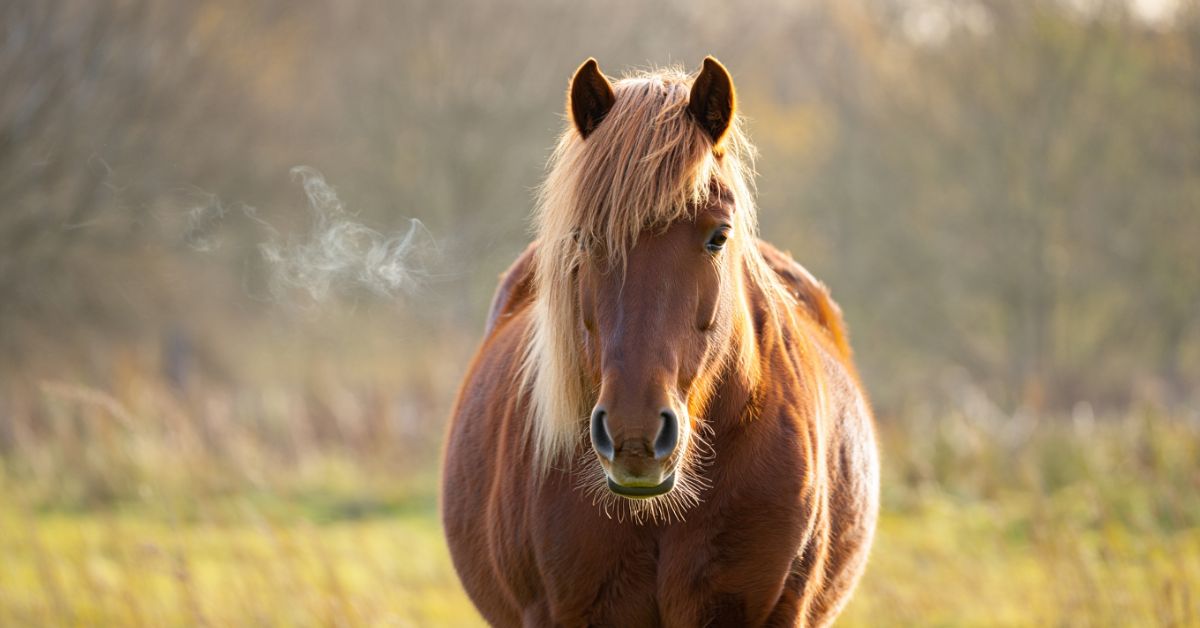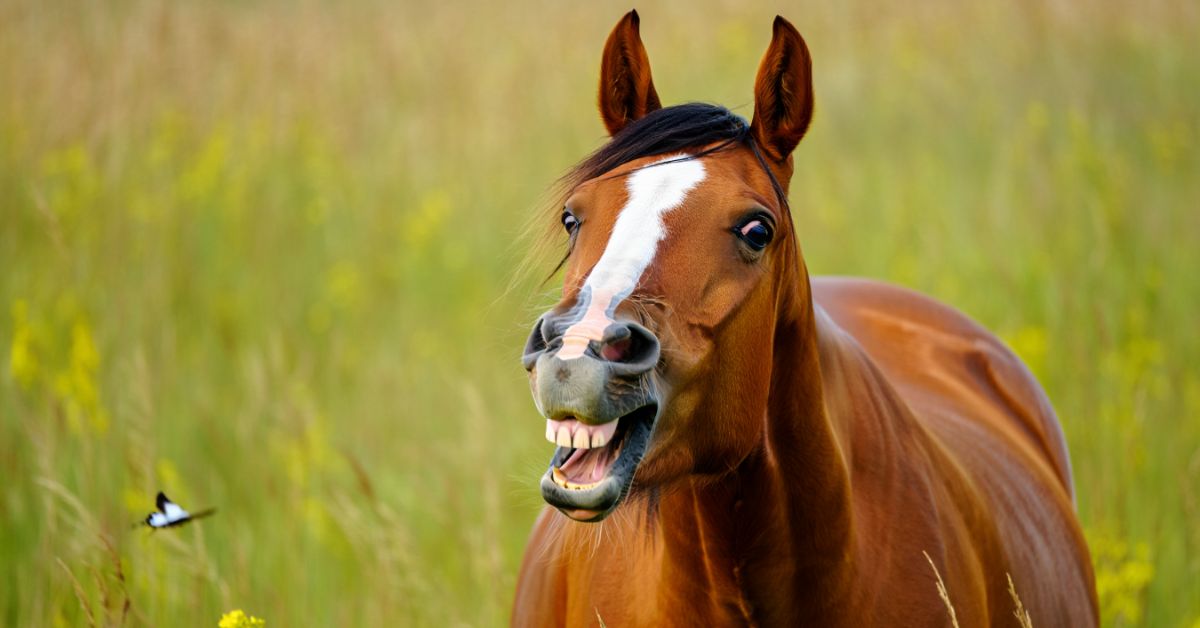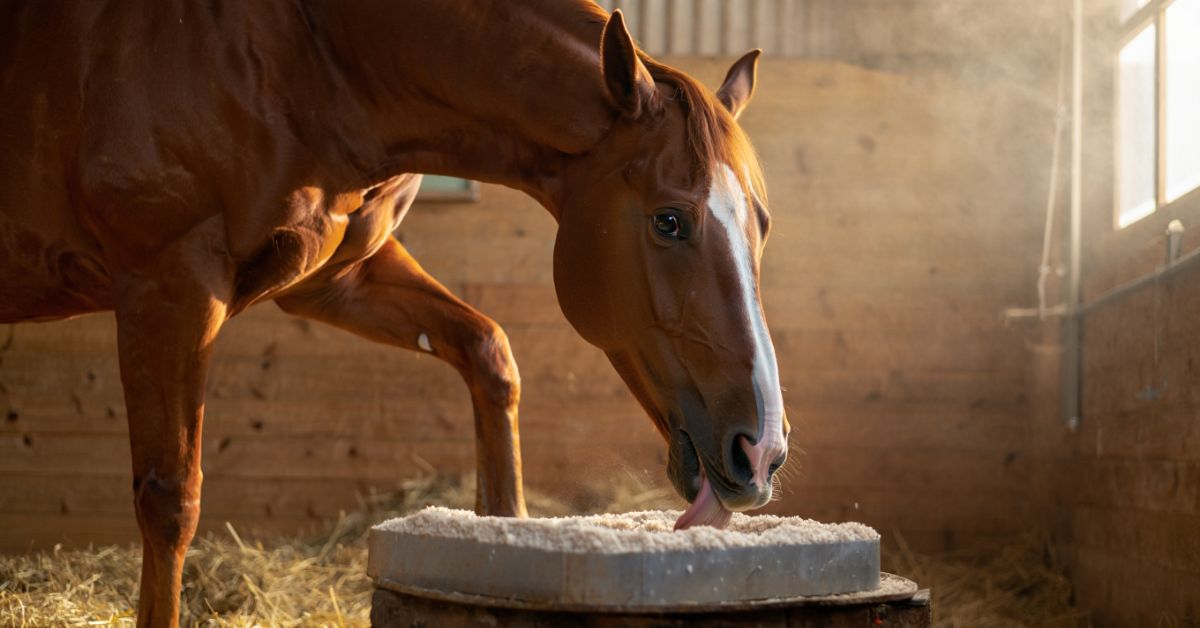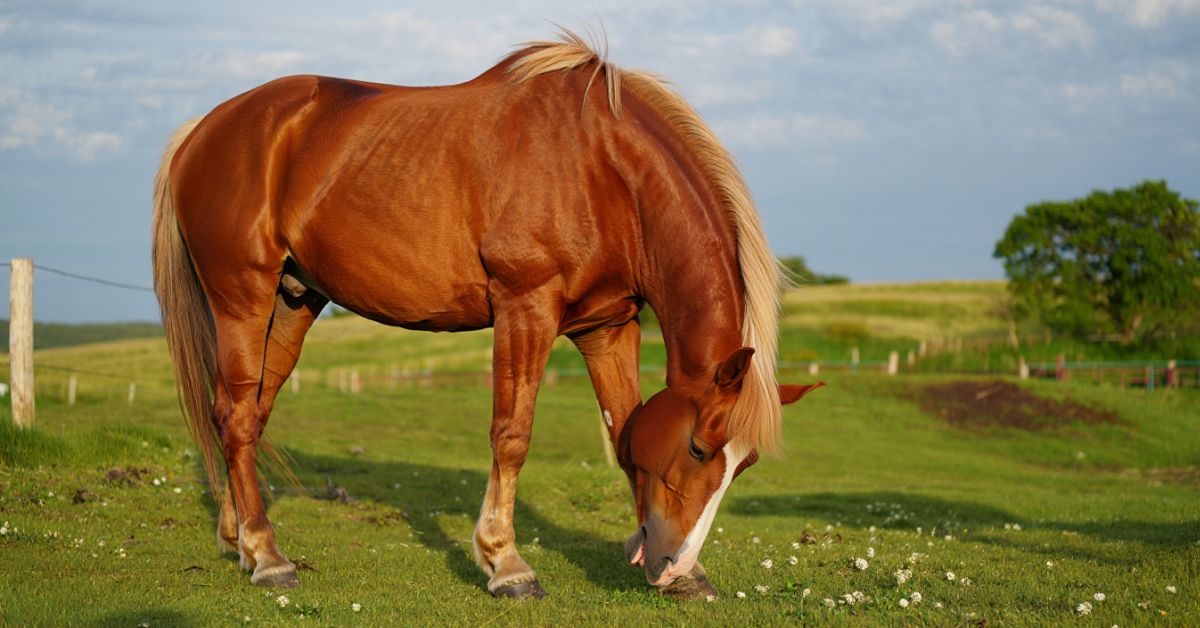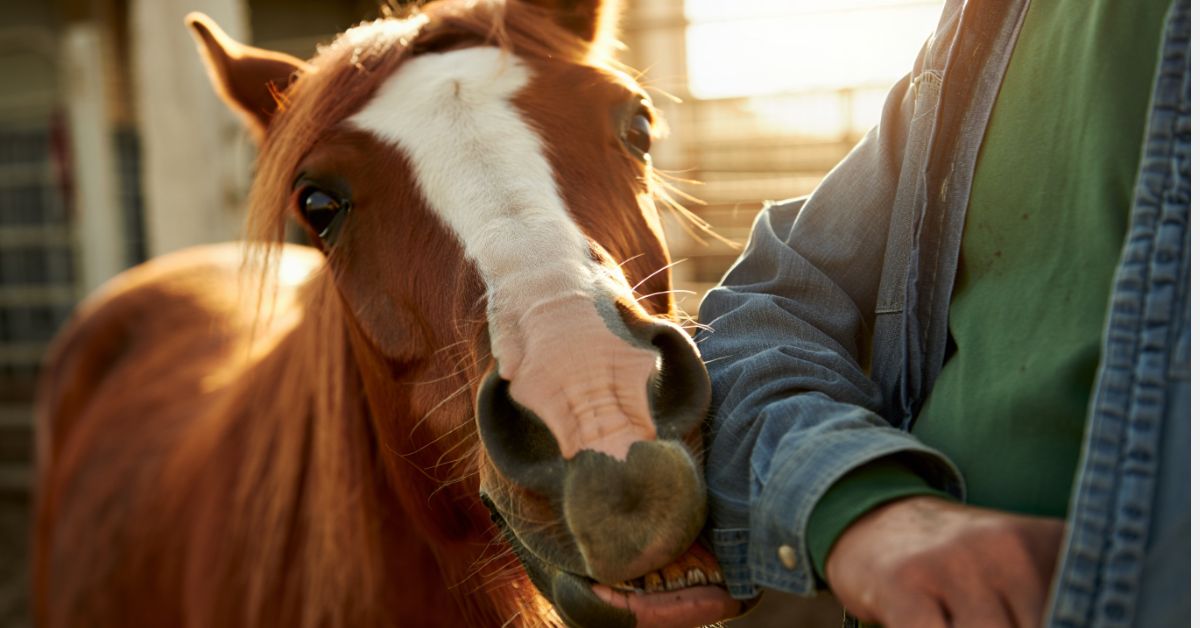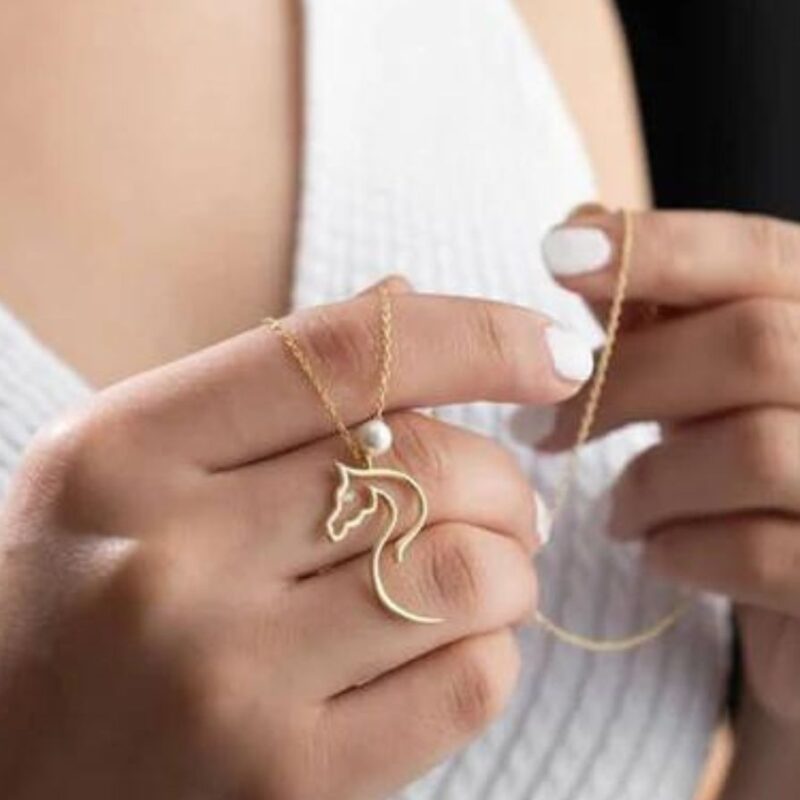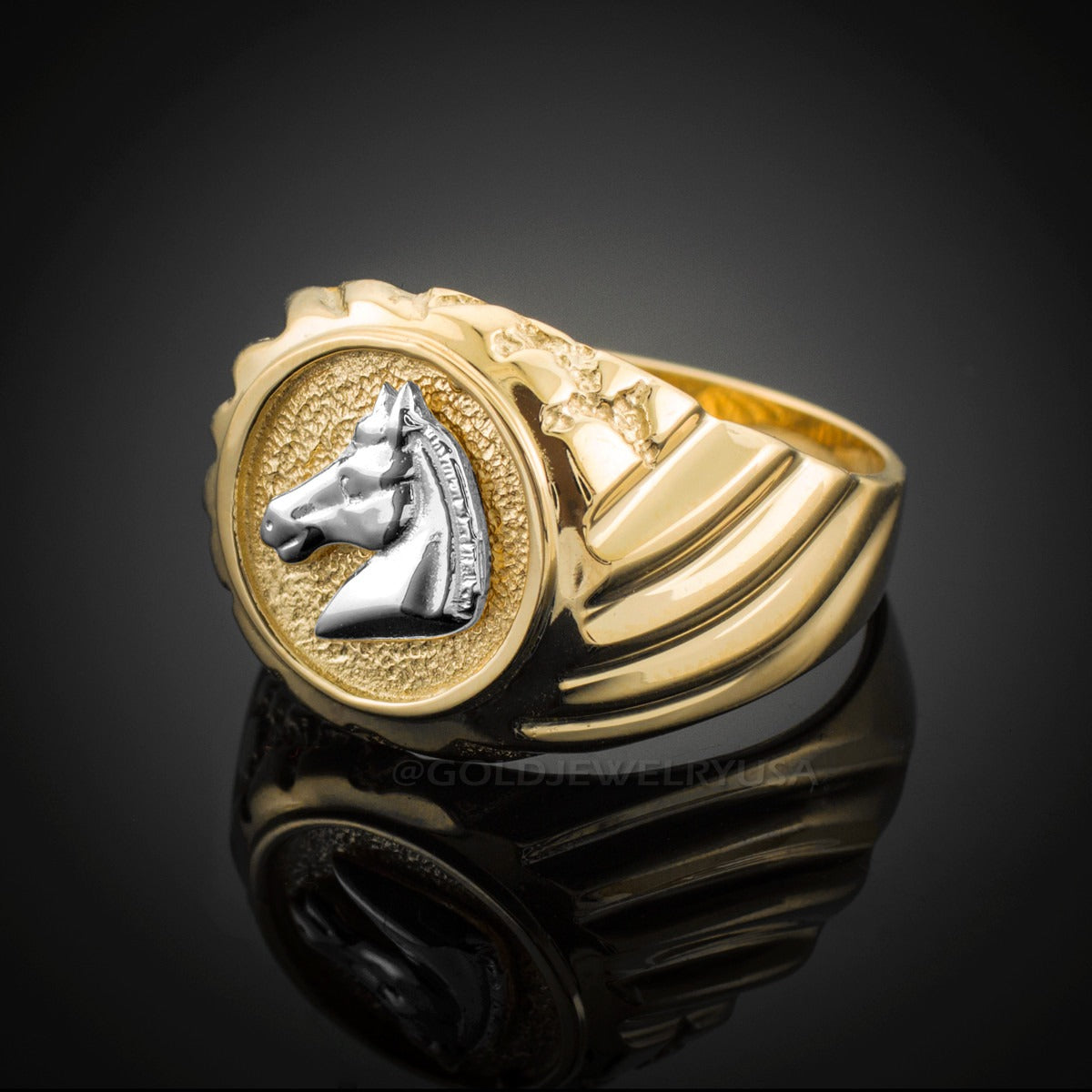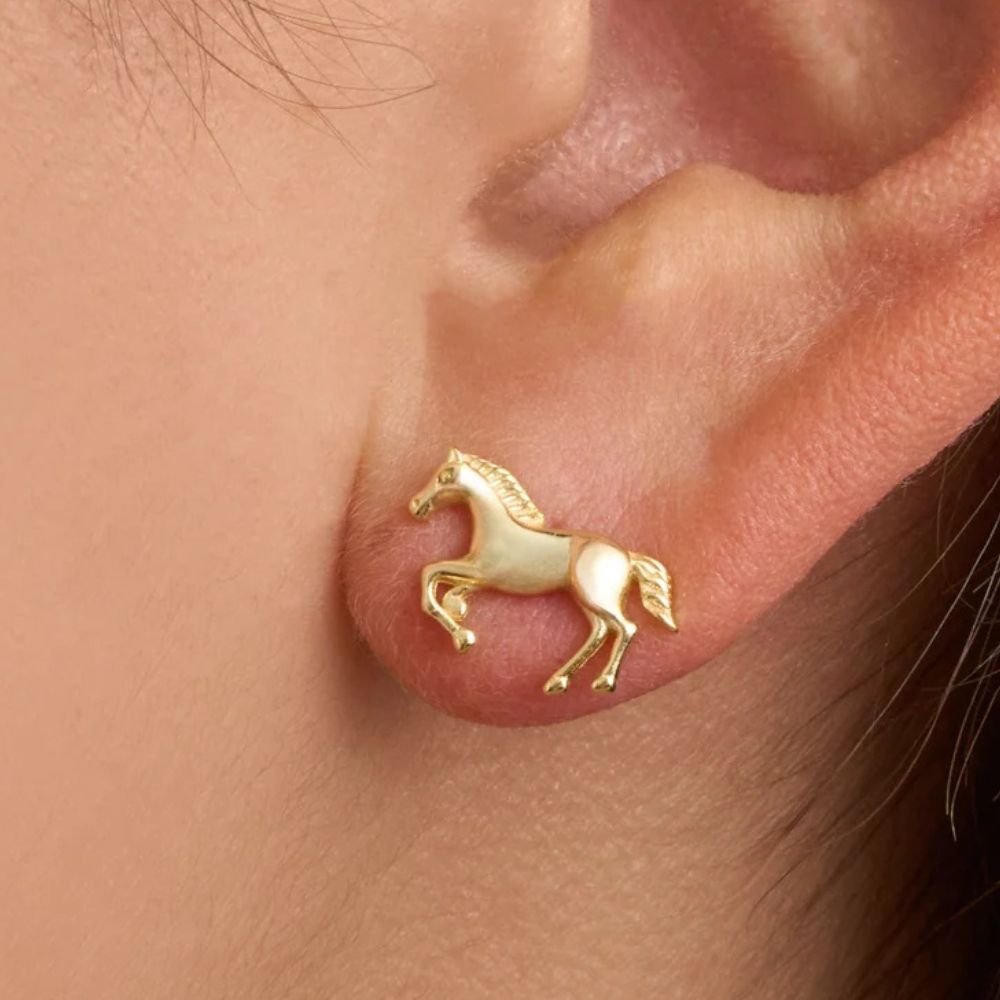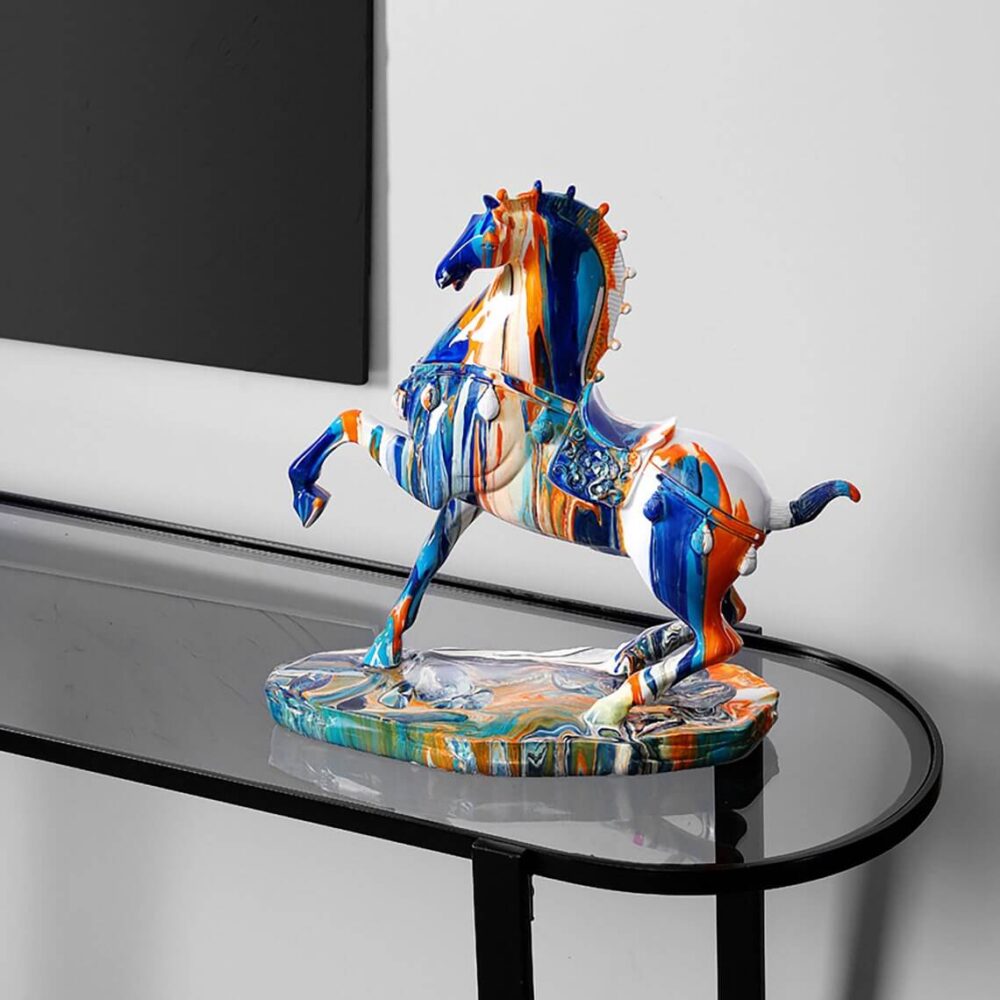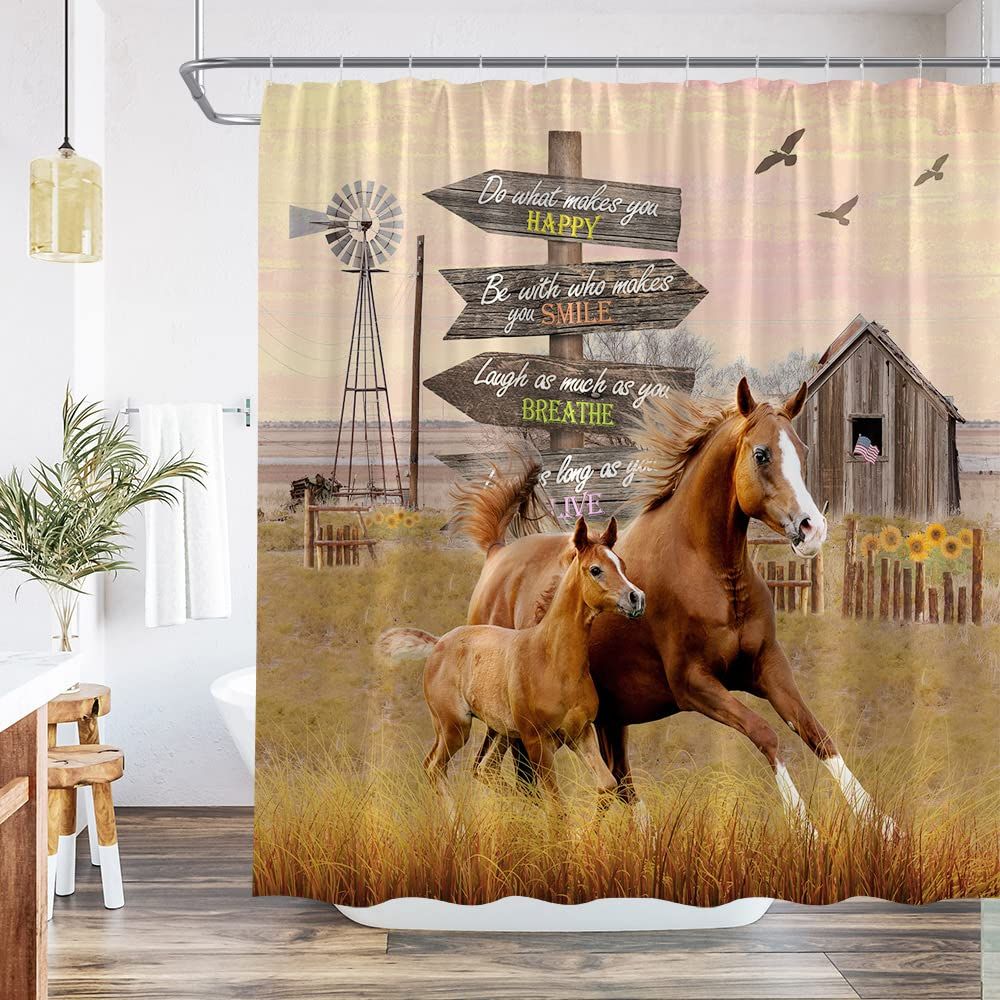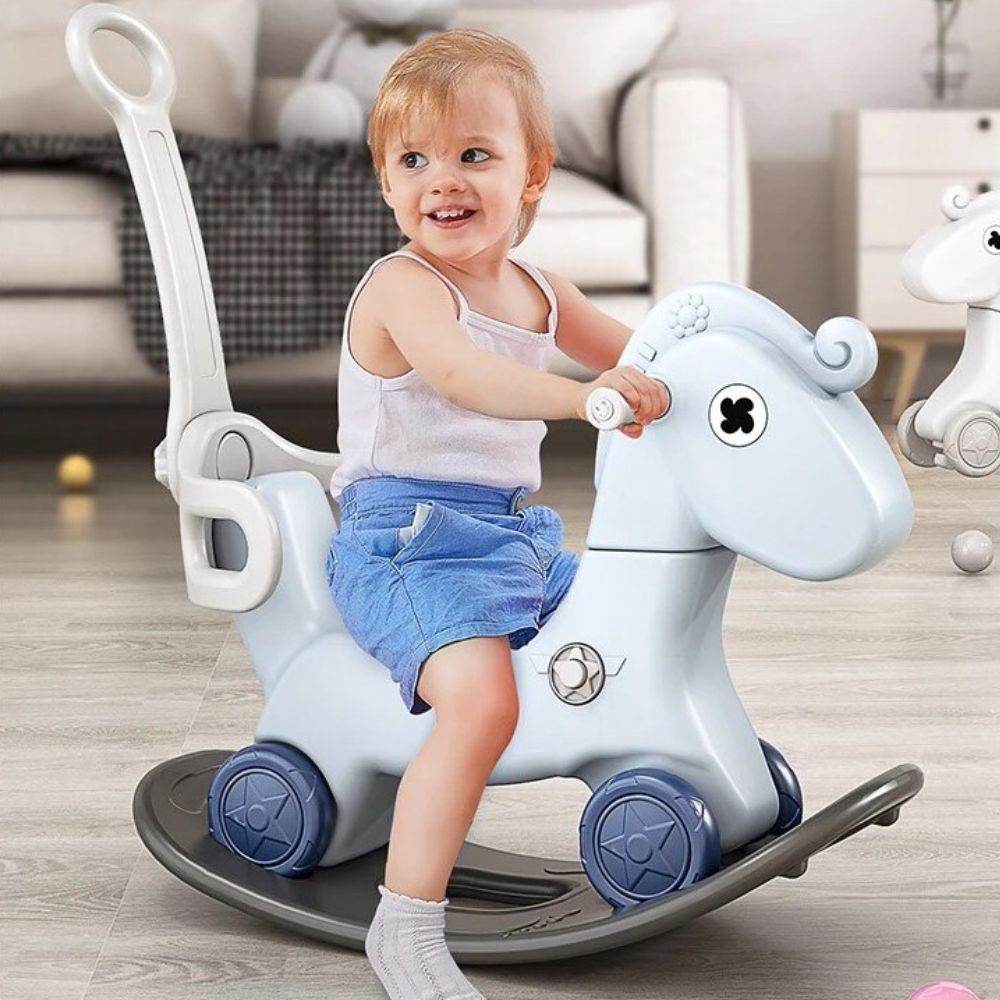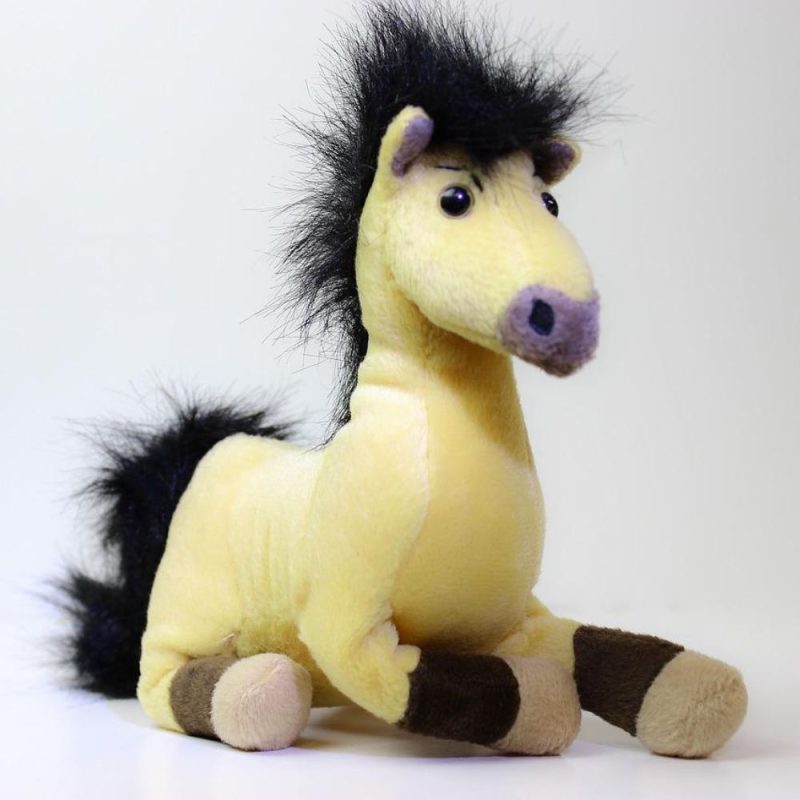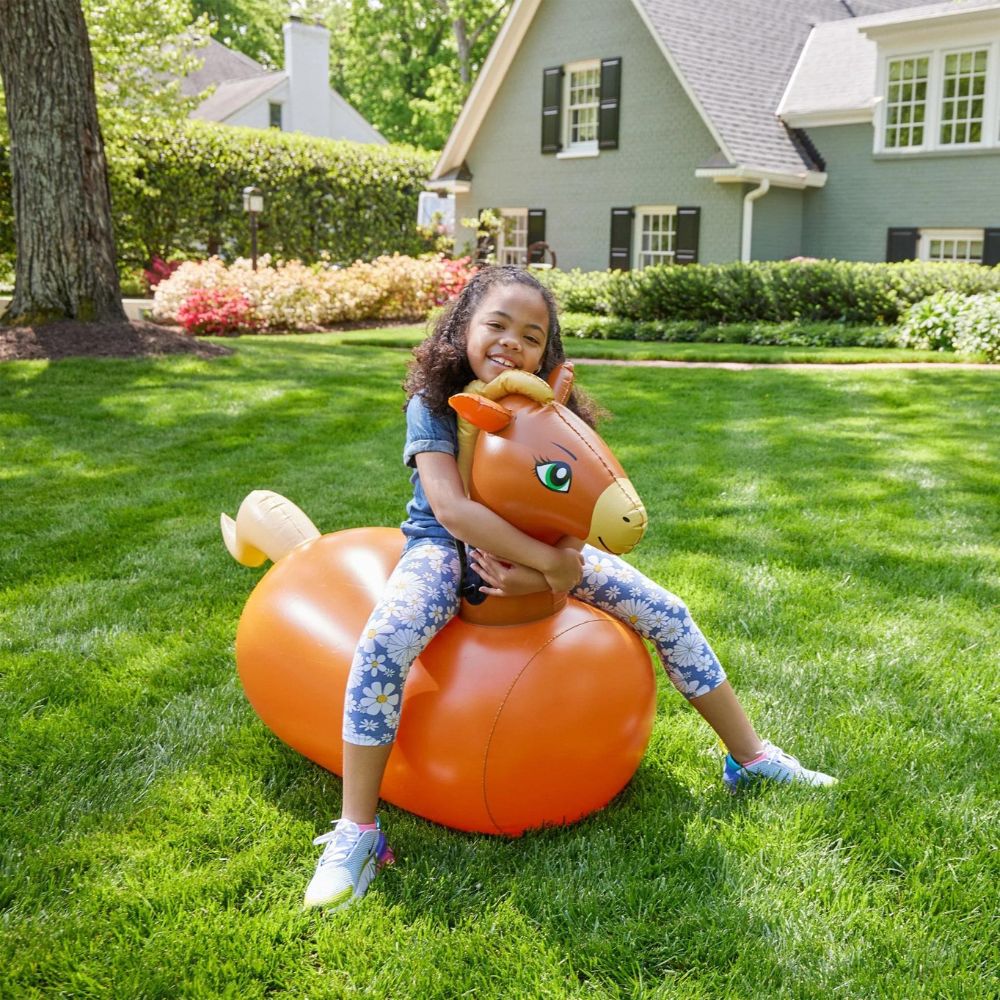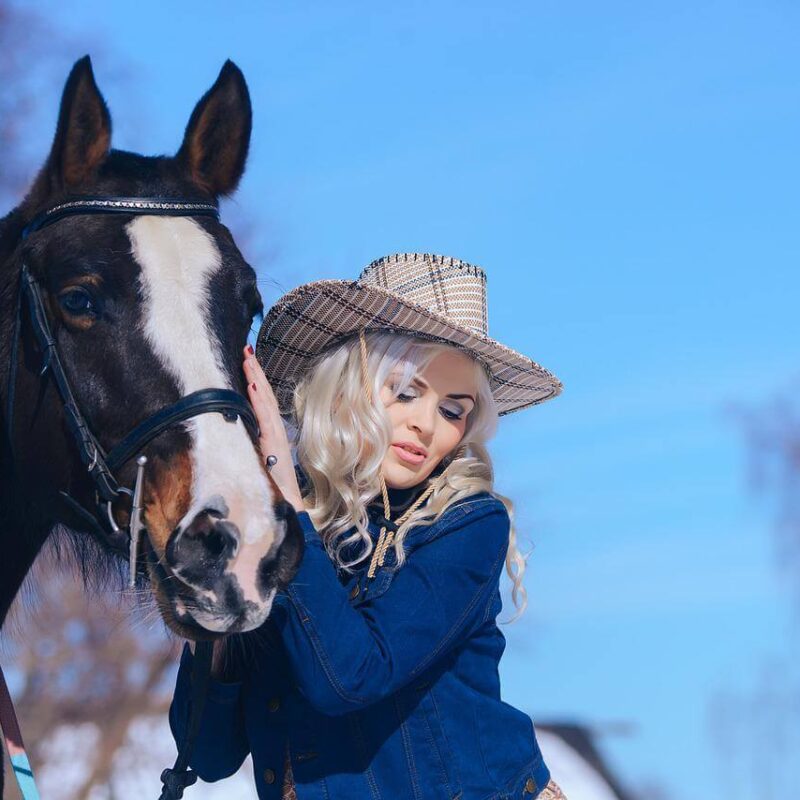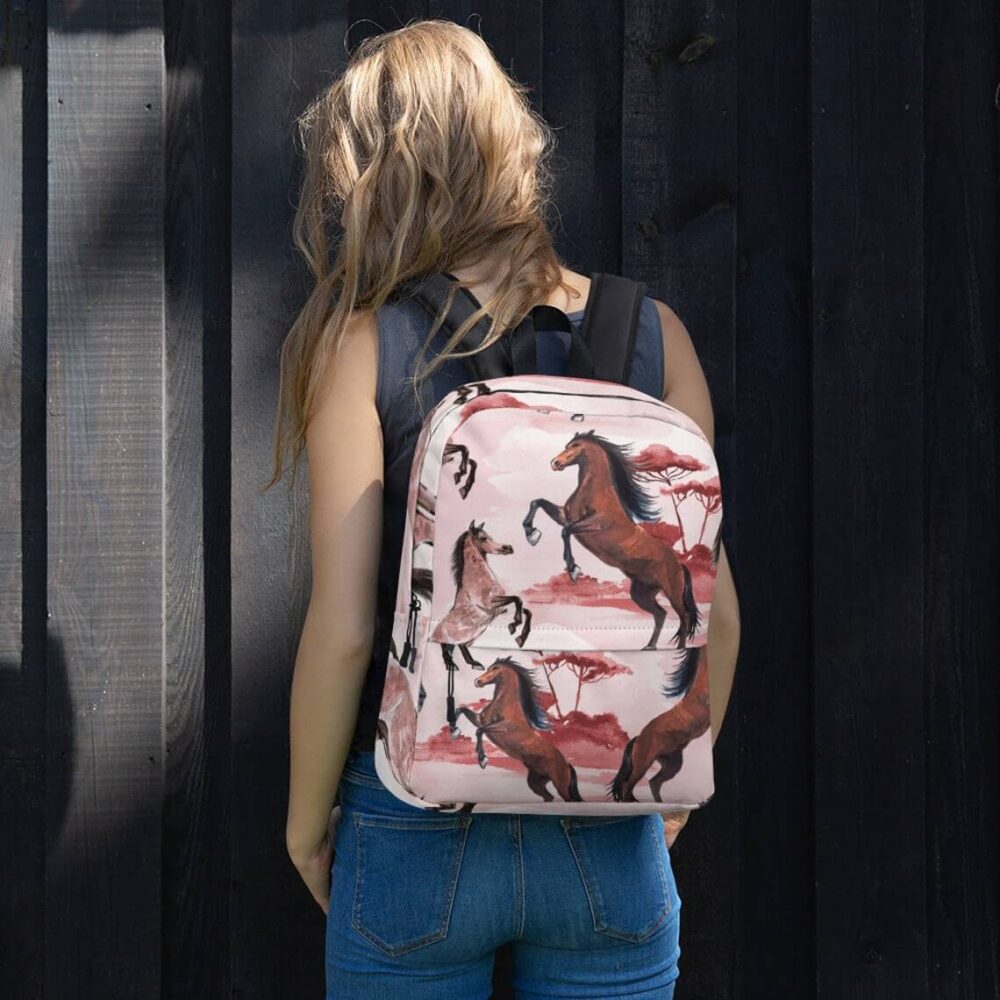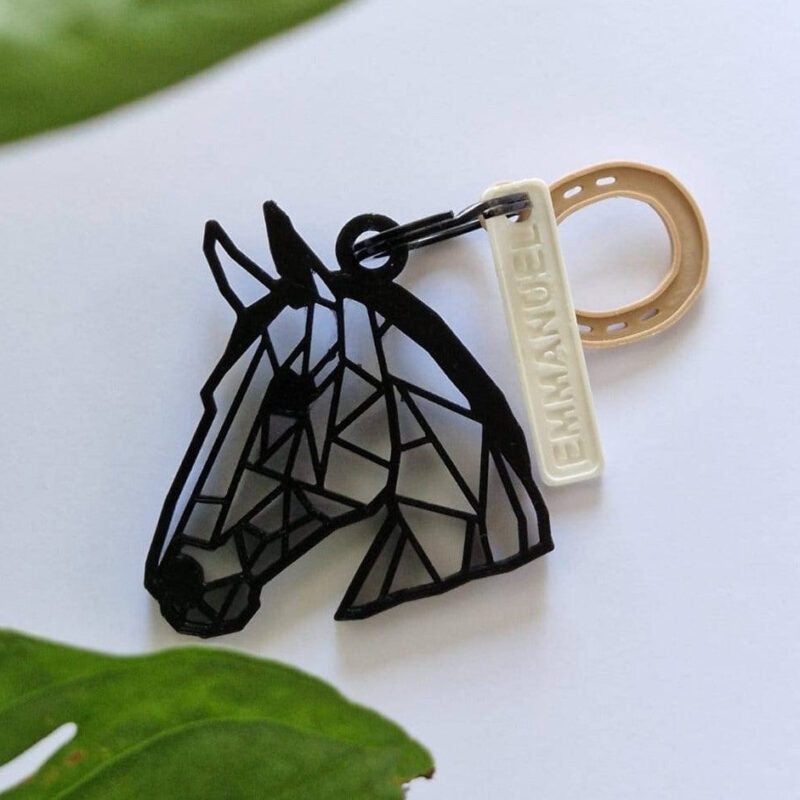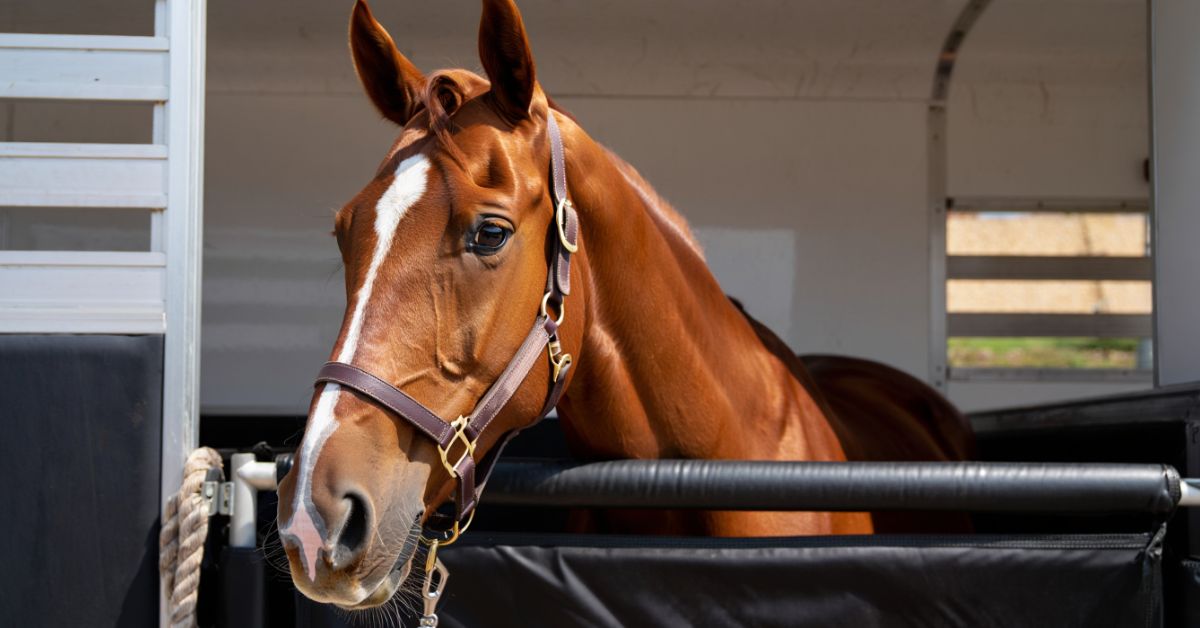
How to Tie a Horse to a Post: Safe & Secure Tying Methods Every Rider Needs
How to tie a horse in a trailer isn't just about looping a rope and hoping for the best—it's about keeping your beloved equine partner safe during transport. Whether you're heading to a local show, moving to a new barn, or taking a trail riding adventure, knowing the right trailer tie techniques can mean the difference between a calm ride and a potential disaster.
The answer is straightforward: tie a horse in a trailer using a quick-release knot at approximately eye level, with 18-24 inches of rope length, ensuring your horse can balance naturally while preventing excessive movement. Always use a breakaway halter and position the tie point directly in front of your horse's chest.
But there's so much more to master! From understanding horse behavior in a trailer to selecting the best equipment and handling nervous horses, this complete guide will transform you from uncertain to confident. Let's dive into everything you need to know about safe tying methods that'll keep your four-legged friend secure and comfortable on every journey. 🐴✨
Part 2: Chapter 1 - Understanding the Fundamentals of Trailer Tying
Why Proper Horse Trailer Tying Safety Matters More Than You Think
Listen, I've seen too many heartbreaking situations that could've been avoided with proper knowledge about how to tie a horse in a trailer. According to a 2023 study by the Equine Research Foundation, approximately 65% of trailer-related injuries occur due to improper restraint methods. That's a staggering number that hits close to home for anyone who's ever hauled their horse.
Properly tie a horse isn't just a skill—it's a responsibility. Think of it like buckling your seatbelt before driving. You wouldn't skip that safety step, right? Your horse deserves the same level of protection. The foundation of trailer safety procedures starts with understanding why we tie horses and what we're trying to achieve.
The Psychology Behind Tying Horses for Transport
Here's something fascinating: horses are prey animals with a flight instinct hardwired into their DNA. When you're tying horses for transport, you're asking them to go against their natural instinct to run when stressed. Understanding horse behavior in a trailer is crucial because a panicked horse can injure themselves, damage your trailer, or worse.
Research from Colorado State University's Equine Sciences Department (2022) shows that horses who are consistently tied using proper techniques develop 78% less trailer anxiety over time. That's huge! Your horse learns to trust the process when you follow safe tying methods consistently.
The Golden Rules of Trailer Tie Techniques
Before we get into the nitty-gritty, let me share the non-negotiables—the rules you should never break when learning how to tie a horse in a trailer:
Never tie a horse with anything around their neck except a proper halter. Never use a solid knot that won't release under pressure. Never tie so short your horse can't balance or so long they can turn around. Never leave a tied horse unattended for extended periods.
Think of these rules as your safety net. Master them, and you're already ahead of 90% of horse owners out there.
Part 3: Chapter 2 - Essential Equipment for Safe Horse Hauling Safety
Choosing the Right Halter and Lead Rope Setup
Your halter and lead rope setup is literally the lifeline between safety and disaster. I can't stress this enough—invest in quality equipment! A proper breakaway halter should be your first purchase if you don't already have one.
What makes a halter "breakaway"? These ingenious designs feature a leather crown piece or special breakaway attachment that'll snap under extreme pressure (typically around 400-500 pounds of force). If your horse truly panics and pulls back violently, the halter breaks before your horse breaks their neck. Sobering, but true.
For your lead rope, you're looking at:
-
Length: 18-24 inches from tie-up point in a trailer to halter (this is the sweet spot for balance)
-
Material: Premium cotton or marine-grade rope—nothing slippery like nylon
-
Thickness: At least ¾ inch diameter for strength and easy handling
-
Hardware: Panic snap or bull snap attachment (brass snaps are more reliable than steel)
Pro tip: Keep a spare halter and lead rope in your trailer's tack compartment. Murphy's Law applies to horse equipment—it'll break at the worst possible moment! 😅
Understanding Tie Rings and Hooks: Your Anchor Points
The tie rings and hooks in your trailer aren't just random pieces of metal—they're engineered trailer tie hardware designed for specific purposes. Most modern trailers come with D-rings or O-rings mounted at strategic heights and locations.
Here's what you need to know about the tying location in trailer setup: Your tie point should be directly in front of your horse's chest, mounted securely to the trailer's frame (not just the wall panel). The ideal tying height for horses is approximately at eye level or slightly higher—this encourages proper head carriage and prevents your horse from getting tangled.
Exploring Adjustable Trailer Ties and Modern Options
Traditional rope tying isn't your only option anymore! Adjustable trailer ties have revolutionized horse hauling safety, and they're worth considering:
Bungee Trailer Tie Systems: These include an elastic component that allows natural head movement while maintaining control. The bungee trailer tie absorbs shock if your horse pulls back suddenly, reducing panic. However, they're not suitable for horses who habitually pull or lean—the constant tension can actually encourage bad behavior.
Blocker Tie Ring: This ingenious device (invented around 2015) uses friction to create a tie that releases smoothly under sustained pressure but holds firm under normal conditions. It's like having a quick-release knot built into the hardware itself. Many professional haulers swear by these for tying a nervous horse.
Cross-Tying Systems: Some trailers are equipped for cross-tying a horse, where two ropes attach from opposite sides. This is common in straight load tying configurations. The benefit? Maximum control and minimal lateral movement. The downside? Less natural head freedom, so only use this for horses comfortable with cross-ties.
Don't Forget the Safety Chain Horse Trailer Connection
While we're talking equipment, let's touch on safety chain horse trailer setup. These chains aren't for tying your horse—they're for securing your trailer to your vehicle! Always cross your safety chains under the trailer tongue in an X pattern. This creates a cradle that'll catch the tongue if your hitch fails. It's another layer of protection in your overall trailer safety procedures.
Part 4: Chapter 3 - Step-by-Step: How to Properly Tie a Horse in a Trailer
Pre-Tying: Trailer Preparation for Horses
Before your horse even steps into the trailer, proper trailer preparation for horses sets you up for success. Walk through your trailer and inspect everything:
Check that all tie rings and hooks are secure and rust-free. Sweep out any debris that could spook your horse. Ensure adequate ventilation—horses produce incredible amounts of heat and humidity. Open windows and roof vents before loading. Verify your trailer tie equipment is in position and accessible.
Here's something many people overlook: spray the trailer floor with apple cider vinegar diluted with water. It neutralizes odors from previous horses and creates a more welcoming environment. Small detail, huge impact on horse behavior in a trailer!
The Loading Dance: Getting Your Horse Into Position
Trailer loading and tying go hand-in-hand. Never try to tie your horse before they're fully loaded and settled. Use the buddy system if you're new to this—have someone at your horse's head while you prepare the tie.
For straight load tying: Load your horse completely into the stall, close the butt bar or door behind them, then approach from the side escape door to tie. For slant load tying: Most slant loads allow you to walk in with your horse, which makes tying easier but requires more confidence.
Position yourself safely when handling a tied horse. Stand to the side, never directly in front. If your horse spooks backward, you don't want to be in the strike zone!
Mastering the Quick-Release Knot: Your Essential Skill
The quick-release knot (also called a safety knot or manger tie) is the gold standard for trailer tie knots. Why? Because you can pull the loose end and it releases instantly, even under tension. This is critical for emergency quick release situations.
Here's how to tie a quick-release knot:
Pass your lead rope through the tie-up point in a trailer ring. Create a loop with the working end of the rope over the standing part. Reach through that loop and grab another section of the working end, pulling it through to create a second loop. Pull this loop snug against the first—but here's the key: don't pull the actual rope end through, just create that loop. The loop should be large enough to grab easily but not so large your horse could get a hoof through it.
To release: simply pull the loose end and the entire knot dissolves. Practice this a hundred times at home before you're in a stressful situation. I mean it—tying a horse correctly requires muscle memory!
Getting the Length Right: The Goldilocks Principle
Length of trailer tie is crucial and varies slightly based on your trailer configuration. Too short and your horse can't balance during turns or stops—they'll fight the restraint and possibly rear. Too long and they can turn around, step over the rope, or even exit the trailer while still tied (yes, I've seen it happen).
The magic number: 18-24 inches from tie point to halter. Measure this! Your horse should be able to lower their head slightly below the natural carrying position but not to the floor. They should be able to reach the hay bag (if provided) but not turn their head more than 45 degrees to either side.
Think of it like this: if your tie rope were a phone charging cable, you want just enough slack to use your phone comfortably, but not so much cable that you're tripping over it. That's the balance you're seeking when you properly tie a horse.
Straight Load vs Slant Load: Key Differences
Your tying approach differs slightly between configurations:
Straight Load Tying: Horses face forward in individual stalls. Tie point is directly in front, typically attached to the front wall or manger. Your horse has minimal lateral movement, which some horses prefer—it feels more secure. The downside? Less natural balancing ability during transport. Always tie at or slightly above eye level in straight loads.
Slant Load Tying: Horses stand at an angle, which research shows is easier on their balance and reduces fatigue on trips longer than 2 hours. According to a 2021 study by the University of Kentucky Equine Department, horses in slant loads showed 43% less stress markers (measured through cortisol levels) on journeys exceeding 90 minutes. The tie point in slant loads is typically on the front-side wall, allowing more natural head positioning.
How Tight to Tie a Horse: Finding That Sweet Spot
New haulers always ask: "How tight to tie a horse in the trailer?" The answer isn't about tight—it's about correct. Your tie should have no slack when your horse's head is in a natural resting position. There shouldn't be a loop of rope hanging that could catch a hoof, but there should be enough give that when your horse shifts their weight during movement, the rope allows natural balance adjustments.
Test it: With your horse tied, gently push their hip. They should be able to shift their weight and rebalance without the rope going taut immediately. That's your sweet spot!
Part 5: Chapter 4 - Special Situations and Troubleshooting
Tying a Nervous Horse: Patience and Technique Combined
Tying a nervous horse requires a completely different mindset. These horses aren't being difficult—they're genuinely scared, and horse behavior in a trailer reflects their anxiety. Recognition is the first step toward solution.
Signs of nervousness include: excessive sweating before loading, pawing, head tossing, attempting to back out repeatedly, or freezing completely. According to equine behaviorist Dr. Sarah Mitchell (2024), "A horse's trailer anxiety often stems from a single traumatic experience. Rebuilding confidence requires consistency, positive reinforcement, and never rushing the process."
Techniques for nervous horses:
Start with practice sessions where you load and unload without actually going anywhere. Let your horse eat hay in the trailer while tied for 15-20 minutes, then unload. Repeat this until loading becomes routine rather than stressful. Use a calm companion horse as a confidence builder—load the experienced horse first, then your nervous horse. Consider adjustable trailer ties or bungee systems that feel less restrictive. Some horses respond better to being untied for the first few short trips (under 15 minutes, with someone in the trailer with them).
Preventing Trailer Accidents Through Smart Preparation
Preventing trailer accidents starts long before you load your horse. Statistics from the National Highway Traffic Safety Administration (2023) indicate that proper horse restraint reduces trailer-related injuries by 89%. That's not a typo—proper technique is that important!
Your pre-trip checklist should include:
Inspect all trailer tie hardware for wear, rust, or damage—replace anything questionable. Check tire pressure and trailer lights. Verify your hitch and safety chain horse trailer connections are secure. Test your brakes. Ensure adequate bedding or mats provide good footing. Remove any objects your horse could strike if they move suddenly. Pack your emergency kit with extra lead ropes, halters, and a knife for emergency quick release situations where knots won't cooperate.
Drive defensively! Anticipate stops and slow gradually. Take turns wider than normal. Accelerate gently. Your driving style dramatically impacts horse hauling safety—remember, your horse is balancing in a moving box!
Common Trailer Tie Troubleshooting Scenarios
Let's talk about trailer tie troubleshooting for situations that inevitably arise:
Problem: Horse constantly pulls back against the tie. Solution: This often indicates the tie is too short or the horse never learned proper ground tying. Return to basics—practice tying in a familiar environment (their stall) before attempting trailer ties. Ensure you're using a quick-release knot and the correct length of trailer tie.
Problem: Horse gets tangled in the lead rope. Solution: Your rope is too long! Reduce to 20 inches maximum. Consider using adjustable trailer ties with limited extension. Some horses are simply "busy" in trailers—these individuals might need cross-tying for better control.
Problem: Horse breaks free during transport. Solution: First, assess why. Was the knot improper? Hardware failure? Horse panic? Avoid a horse breaking free by addressing root causes. Maybe you need a breakaway halter with a higher break point, or perhaps your horse needs confidence training before trailering. Never punish a horse for breaking free—they were scared, not defiant.
Problem: Horse refuses to stand still while being tied. Solution: This is often a training gap, not a tying problem. Work on ground manners first. Practice the "stand" command consistently. Some horses need distraction—a hay bag positioned correctly often works wonders!
Using a Breakaway Halter: Your Safety Net
I cannot overemphasize the importance of using a breakaway halter for trailer transport. Traditional halters are designed to never break—that's the point for everyday use. But in a trailer emergency, an unbreakable halter becomes a liability.
How breakaway halters work: The crown piece (the part that goes behind the ears) is made of leather or has a designed weak point. Under extreme pressure—typically 400-600 pounds of force—this section breaks, releasing the horse's head. It's enough resistance to keep your horse safely tied during normal transport, but will give way if they truly panic and throw themselves backward.
Replace the leather crown piece annually, even if it looks fine. Leather degrades over time, especially in humid trailer environments. A breakaway halter that won't actually break defeats the entire purpose!
Pro tip: Keep your breakaway halters specifically for trailering. Use your regular halters for everyday barn activities. This prevents premature wear on the safety mechanism and ensures it'll function when you need it most.
Emergency Protocols: When Things Go Wrong
Despite perfect preparation, emergencies happen. Your emergency quick release plan should be second nature:
If your horse panics while tied: Stay calm (your energy affects theirs). Speak soothingly while moving to release the quick-release knot. Never fight with a panicking horse—release them and regain control from the ground. If the knot is jammed, use your emergency knife to cut the rope (this is why you always carry one).
If you discover your horse broke free during transport: Pull over safely as soon as possible. Do NOT attempt to retie while the vehicle is moving. Assess for injuries. If the horse is calm and standing well, you might continue a short distance untied with someone monitoring from inside the trailer. For longer distances, you'll need to retie or call for backup transport.
If an accident occurs: Prioritize human safety first, then horse safety. In a trailer accident, horses often survive impacts that total the trailer. Don't enter a damaged trailer until you've assessed structural stability. Call emergency services and an equine veterinarian immediately.
Part 6: Chapter 5 - Advanced Tips for Confident Horse Hauling
Securing a Horse in a Stall vs. Trailer: Understanding the Differences
Many people assume securing a horse in a stall translates directly to trailer tying—it doesn't! The environments are fundamentally different, and your approach must adapt.
In a stall, your horse has space to move around, lie down, and adjust position freely. The tie point (if used) is typically for temporary restraint during grooming or feeding. In contrast, horse restraint in trailer is about controlled movement during active transport. The trailer moves, accelerates, brakes, and turns—your horse must balance continuously.
Think of it like the difference between standing still on solid ground versus standing on a boat. The boat requires constant micro-adjustments for balance. That's why proper trailer tie techniques allow some head and neck movement—your horse needs that flexibility to stay balanced and comfortable.
Best Trailer Tie Equipment: Investment-Worthy Gear
Not all equipment is created equal. After years of experience and consulting with professional haulers, here's my recommendation for the best trailer tie equipment:
For the halter: Breakaway halters from reputable brands like Professional's Choice or Classic Equine. Expect to invest $40-80 for quality that could save your horse's life.
For lead ropes: Heavy-duty marine-grade rope or premium cotton with a panic snap. SmartPak and Dover Saddlery offer excellent options. Cost: $20-35. Buy two—always have a spare!
For tie rings: Blocker Tie Rings or equivalent friction-based systems. These range from $25-50 but provide superior safety. If your trailer doesn't have proper rings installed, have them professionally installed—this isn't a DIY project unless you're experienced with trailer modification.
For adjustable systems: Trailer Ties brand offers excellent bungee trailer tie options with appropriate resistance ratings. These run $30-60 per tie. Make sure any bungee system has a nylon outer sheath protecting the elastic core from UV damage and wear.
What to Use to Tie a Horse: Material Matters
What to use to tie a horse in a trailer is more nuanced than grabbing any old rope. Material properties dramatically affect safety and functionality:
Cotton rope: Natural fiber, excellent grip, breaks before causing injury if something goes wrong. The downside? Degrades with exposure to moisture and UV light. Replace annually even with light use. Ideal for properly tie a horse in most situations.
Marine-grade synthetic rope: Weather-resistant, extremely durable, won't rot. However, it can be slippery when wet and may cause rope burn if your horse pulls. Best for frequent haulers in various weather conditions.
Leather: Traditional but expensive. Provides excellent feel and breaks under extreme pressure. However, requires significant maintenance and weakens when wet. Not recommended as primary trailer ties.
Chain: Never, ever use chain for tying horses for transport! Chain doesn't have any give, can cause severe injuries, and won't break in an emergency. If someone suggests chain for trailer tying, run the other direction!
Professional Hauler Secrets: Tips for Trailering Horses
Let me share some insider tips for trailering horses that professional haulers use:
The hay bag strategy: Position a hay bag 6-8 inches higher than your tie point. This encourages natural head carriage and keeps your horse occupied during transport. A busy mouth is a calm mind! Research from Texas A&M University (2022) shows horses with appropriate hay access during transport have 34% lower stress responses.
The shipping boot debate: Many haulers swear by shipping boots for leg protection, but here's what pros know—improperly fitted boots can cause more harm than good by creating pressure points or trapping heat. If you use boots, ensure perfect fit and remove them immediately upon arrival. Some professionals skip boots entirely, relying instead on proper driving technique and trailer bedding for protection.
The solo traveler consideration: If trailering a single horse in a multi-horse trailer, load them on the driver's side. Why? In an emergency requiring you to pull off on the road shoulder, your horse is positioned away from traffic. It's a subtle safety detail that makes a significant difference.
Temperature management: Horses generate incredible heat during transport. Even in moderate weather, trailer interiors can become uncomfortably warm. Crack windows partially even in winter—fresh airflow is crucial for horse hauling safety. However, position windows so they don't create a direct draft on your tied horse.
Building Confidence: Practice Makes Perfect
The most important tip I can share about how to tie a horse in a trailer? Practice! Don't wait until the day of the big show or emergency vet visit to discover gaps in your technique.
Schedule monthly practice sessions. Load your horse, tie them properly, let them stand for 15-20 minutes while eating hay, then unload. Take short trips around the block. Gradually increase duration and distance. This builds confidence for both you and your horse.
As renowned horse trainer Buck Brannaman once said, "Your horse is a mirror to your soul, and sometimes you may not like what you see. Sometimes, you will." This applies perfectly to trailering—your horse reflects your confidence (or lack thereof). Build your skills systematically, and your horse will trust you completely.
Frequently Asked Questions on How to Tie a Horse in a Trailer
How do you properly tie a horse in a horse trailer?
Properly tie a horse in a trailer by using a quick-release knot attached to a secure tie ring positioned at approximately eye level directly in front of your horse's chest. The length of trailer tie should be 18-24 inches, allowing natural head movement for balance while preventing excessive motion. Always use a breakaway halter and quality lead rope with a panic snap. The tying location in trailer must be attached to the trailer frame, not just wall panels, and your trailer tie knots should release instantly in emergencies.
What type of knot is best for trailer tying?
The quick-release knot (also called a safety knot or slip knot) is the only acceptable choice for trailer tie techniques. This knot holds securely under normal conditions but releases immediately when you pull the loose end, making emergency quick release possible even under tension. Never use a solid knot like a square knot or bowline for tying horses for transport—these can jam under pressure and prevent quick release during panic situations. The quick-release knot is fundamental to safe tying methods and should be practiced until you can tie it perfectly every time.
Should I use a breakaway halter when trailering?
Absolutely! Using a breakaway halter is non-negotiable for horse trailer tying safety. Traditional halters are designed to never break, which becomes dangerous if your horse panics and throws themselves backward in the trailer. Breakaway halters feature a leather crown piece or designed weak point that releases under extreme pressure (typically 400-600 pounds of force), potentially saving your horse from severe neck or spinal injuries. This is one of the most critical elements of preventing trailer accidents. Replace the breakaway component annually to ensure functionality.
How long should the tie rope be in a trailer?
The optimal length of trailer tie is 18-24 inches measured from the tie ring to the halter clip when your horse's head is in a natural resting position. This length allows your horse to lower their head slightly for balance during transport while preventing them from turning around or getting tangled. How tight to tie a horse is equally important—there should be no slack when the head is at rest, but enough give to allow natural balancing movements during transport. Too short restricts balance; too long creates safety hazards. This is a critical aspect of properly tie a horse for safe transport.
Can I leave my horse untied in the trailer?
While some experienced haulers transport horses untied for very short distances with appropriate horse restraint in trailer (like a butt bar and chest bar creating a confined stall), this is generally not recommended. Tie a horse in a trailer provides essential control and prevents dangerous behaviors like attempting to turn around or jumping forward during sudden stops. For nervous horses, you might start with very short untied trips (under 10 minutes with monitoring), but this should be a temporary confidence-building step, not standard practice. The risks of avoid a horse breaking free are far outweighed by the dangers of unsecured transport. Always follow proper trailer safety procedures and tie your horse according to safe tying methods.
What's the difference between tying in a straight load versus slant load trailer?
Straight load tying positions horses facing forward in individual stalls with the tie point directly ahead on the front wall or manger. This configuration offers less lateral movement, which some horses find more secure. Slant load tying angles horses diagonally with the tie point on the front-side wall, allowing more natural head positioning and better balance. Research shows slant loads reduce travel stress on trips over 90 minutes. Both require the same fundamental trailer tie techniques—quick-release knot, appropriate tying height for horses (eye level), and 18-24 inch length of trailer tie. The key difference is tie point location and how your horse naturally balances during transport.
What equipment is essential for safe trailer tying?
Essential best trailer tie equipment includes: a properly fitted breakaway halter (replace leather crown annually), a heavy-duty 18-24 inch lead rope with panic snap attachment (cotton or marine-grade synthetic), secure tie rings and hooks mounted to trailer frame at eye level, and an emergency cutting tool accessible in the trailer. Consider upgrading to adjustable trailer ties or a Blocker Tie Ring for enhanced safety. Bungee trailer tie systems can be beneficial for nervous horses but aren't suitable for habitual pullers. Always inspect your trailer tie hardware before each trip and replace any worn components. This equipment forms the foundation of horse hauling safety.
How do I tie a nervous or inexperienced horse?
Tying a nervous horse requires patience, systematic desensitization, and modified techniques. Start with practice sessions loading and unloading without traveling. Let your horse eat hay while tied in the stationary trailer for 15-20 minutes, gradually building positive associations. Consider using adjustable trailer ties with give, or a bungee trailer tie system that feels less restrictive. Begin with very short trips (5-10 minutes) and gradually increase duration. Some nervous horses benefit from cross-tying a horse for additional security. Always use a breakaway halter and ensure your quick-release knot is perfect. Understanding horse behavior in a trailer helps you recognize stress signs early. Never punish anxiety—rebuild confidence through consistency and positive experiences.
What should I do if my horse breaks free while trailering?
If you discover your horse broke free during transport, prioritize safety. Pull over as soon as safely possible—never attempt to retie while moving. Assess your horse for injuries and check trailer tie hardware for failure points. If your horse is calm and standing balanced, you might continue a short distance (under 15 minutes) with someone monitoring from inside the trailer. For longer distances, you must retie using your spare equipment or arrange alternative transport. Investigate why the break occurred: improper trailer tie knots, equipment failure, horse panic, or training gap? Address root causes before future trips. This situation highlights why using a breakaway halter and carrying spare equipment is critical for preventing trailer accidents. Always have an emergency quick release plan prepared.
Final Thoughts: Confidence Through Knowledge
Mastering how to tie a horse in a trailer transforms from intimidating to intuitive when you understand the principles, practice the techniques, and respect your horse's needs. Every aspect we've covered—from safe tying methods and quick-release knots to trailer tie equipment and understanding horse behavior in a trailer—works together to create a system that prioritizes safety above all else.
Remember, properly tie a horse isn't about restriction—it's about protection. It's about giving your equine partner the security and balance they need during transport while ensuring you can react instantly in emergencies. Whether you're dealing with straight load tying or slant load tying, a calm experienced horse or tying a nervous horse, the fundamentals remain constant: appropriate equipment, correct technique, and consistent application.
The investment you make in quality trailer tie hardware, breakaway halters, and proper training pays dividends in safety, confidence, and peace of mind. Your horse deserves nothing less than your commitment to excellence in every aspect of their care, and horse trailer tying safety is a cornerstone of responsible horse ownership.
So take these principles, practice them diligently, and hit the road with confidence. Your adventures together—whether to shows, trails, or new pastures—will be safer, less stressful, and infinitely more enjoyable when you've mastered the essential skill of how to tie a horse in a trailer. Safe travels, fellow horse lovers! 🐴🚙✨
Ready to celebrate your equestrian lifestyle? Visit Dream Horse for our complete range of gifts for horse lovers, from elegant jewelry to stunning home décor that captures the spirit of the horse-human bond. Express your passion, assert your individuality, and surround yourself with reminders of what you love most! 💕🐴

